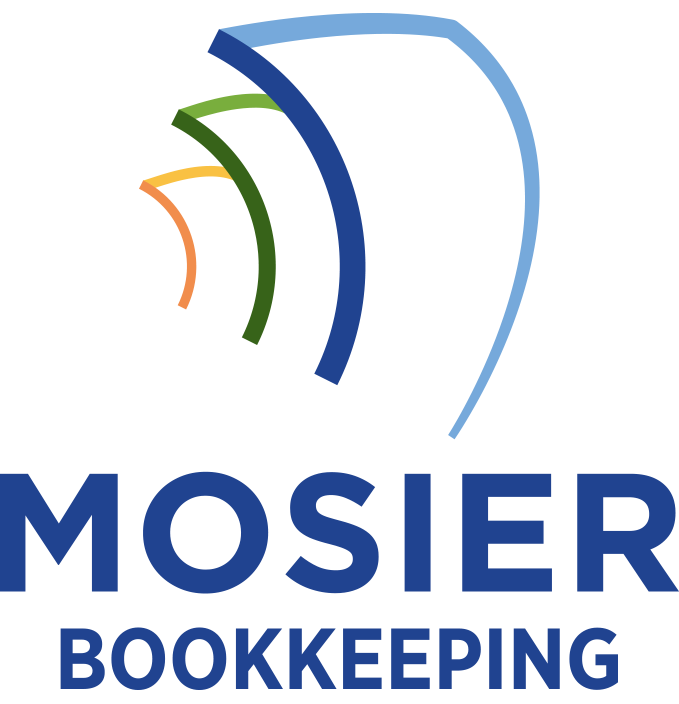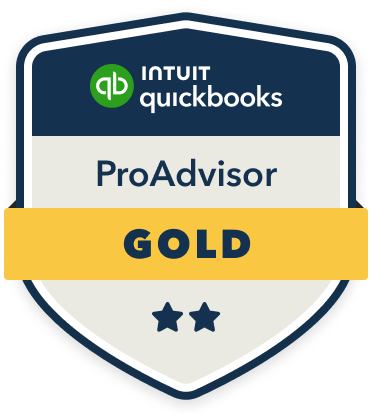To effectively manage bookkeeping for sustainability costs, I recommend creating dedicated expense categories for environmental initiatives, waste reduction, and renewable energy investments. You’ll need to establish clear criteria separating sustainability expenses from standard operating costs while tracking specific metrics like carbon emissions and water usage. I suggest implementing GRI Standards and SASB frameworks for compliance, alongside maintaining detailed records of green tax incentives and infrastructure investments. Let’s explore the key strategies for maximizing your sustainability accounting framework.
Identifying and Categorizing Sustainability-Related Expenses
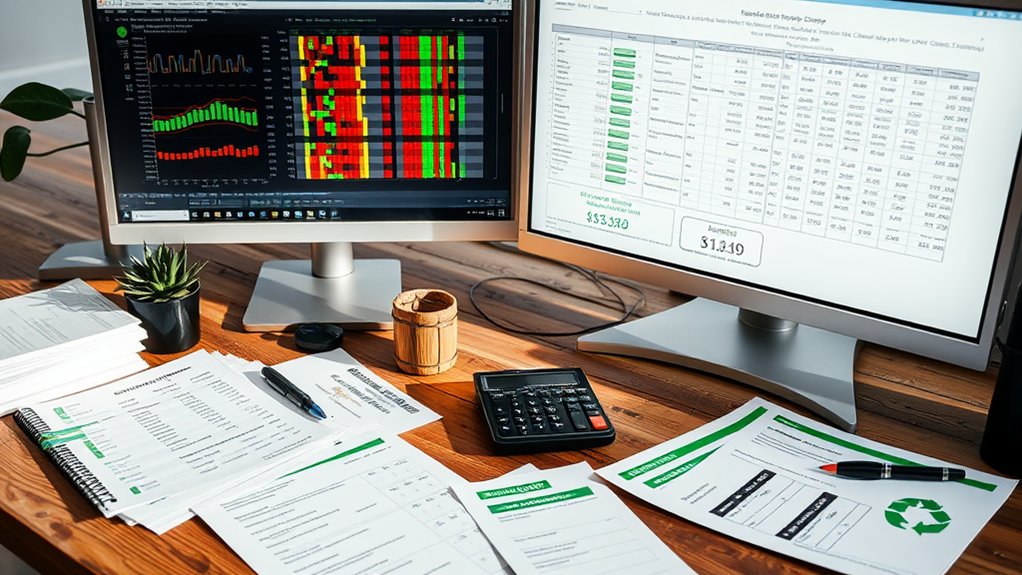
How can businesses effectively track their growing investments in sustainability? I recommend creating distinct expense categories in your accounting system specifically for environmental initiatives. I’ve found success breaking these down into key areas: renewable energy infrastructure, waste reduction programs, sustainable materials/supplies, and environmental compliance costs.
You’ll want to establish clear criteria for what qualifies as a sustainability expense versus standard operating costs. I suggest using subcategories to track specific projects – for instance, under renewable energy, separate solar panel installations from wind power investments. This granular approach enables precise ROI calculations and supports sustainability reporting requirements.
Tax Benefits and Incentives for Green Business Practices
While monitoring sustainability outlays is pivotal, organizations can markedly offset these investments through various tax incentives and credits. I’ll help you identify key tax benefits, including the Energy-Efficient Commercial Buildings Deduction (179D), which offers up to $1.88 per square foot for qualifying improvements. You’ll also want to leverage the Alternative Fuel Vehicle Refueling Property Credit, providing up to 30% of costs for EV charging stations.
Track renewable energy credits (RECs) and carbon offset investments, as they’re often tax-deductible. I recommend documenting all green certifications, as LEED and Energy Star ratings can qualify you for additional state and local tax breaks.
Tracking Environmental Impact Metrics Through Financial Records
Beyond tax incentives, financial records serve as the foundation for measuring an organization’s environmental impact. I’ll show you how to track key metrics through your books that demonstrate your company’s sustainability leadership.
| Metric Type | Financial Record Location |
|---|---|
| Carbon Emissions | Operating Expenses |
| Water Usage | Utility Costs |
| Waste Management | Disposal Services |
| Energy Efficiency | Equipment Investments |
| Raw Materials | Inventory Management |
I recommend creating dedicated sub-accounts for each environmental metric within your chart of accounts. This enables you to generate powerful sustainability reports directly from your financial data, strengthening your position when seeking environmental certifications or reporting to stakeholders.
Managing Capital Investments in Sustainable Infrastructure
Sustainable infrastructure investments require meticulous capital planning and specialized bookkeeping protocols. I recommend creating designated asset accounts to track your green infrastructure investments separately from traditional capital expenditures. You’ll need to categorize these investments based on their environmental impact metrics and expected ROI timelines.
I’ve found it essential to implement a detailed depreciation schedule that accounts for the unique lifecycle of sustainable assets. Consider factors like carbon reduction credits, energy efficiency gains, and government incentives. You’ll want to maintain separate ledgers for grants, tax benefits, and sustainability-linked financing to optimize your reporting and compliance requirements.
Reporting Standards for Environmental Compliance and Performance

Several key reporting frameworks govern environmental compliance and performance documentation in modern bookkeeping. I’ll guide you through the essential standards that’ll streamline your sustainability reporting process.
- The Global Reporting Initiative (GRI) Standards for comprehensive ESG reporting
- Sustainability Accounting Standards Board (SASB) metrics for industry-specific disclosures
- Task Force on Climate-related Financial Disclosures (TCFD) for climate risk reporting
- Carbon Disclosure Project (CDP) for emissions and environmental impact tracking
- ISO 14001 Environmental Management System requirements
I recommend implementing these frameworks systematically into your accounting software to safeguard compliance and maintain accurate sustainability cost records. This approach will fortify your position during audits and stakeholder presentations.
Cost-Benefit Analysis of Sustainability Initiatives
I’ve found that calculating the return on investment (ROI) for sustainability initiatives requires careful tracking of both direct cost savings and indirect benefits like improved brand value and regulatory compliance. To properly assess long-term environmental impact, I measure quantifiable metrics such as reduced carbon emissions, water usage, and waste production against the initial capital expenditure and ongoing operational costs. The resulting cost-benefit analysis helps me determine which green investments deliver the strongest financial returns while maximizing positive environmental outcomes over a 5-10 year horizon.
ROI of Green Investments
When evaluating green investments, calculating the return on investment (ROI) requires a thorough analysis of both tangible and intangible benefits against initial capital expenditures. I’ve found that measuring ROI for sustainability initiatives demands a strategic approach to capture all value streams.
- Energy cost reductions from efficient systems
- Tax incentives and government rebates
- Enhanced brand value and market positioning
- Reduced regulatory compliance costs
- Increased employee productivity and retention
I track these metrics through specialized accounting software that monitors both direct financial returns and environmental impact indicators. This dual-focus approach helps me demonstrate the full value proposition of green investments to stakeholders while maintaining precise financial documentation.
Measuring Long-Term Environmental Impact
Long-term environmental impact tracking comes down to establishing thorough metrics that capture both direct and indirect effects of sustainability initiatives over extended periods. I recommend implementing carbon footprint calculations, waste reduction measurements, and energy efficiency monitoring through specialized software that integrates with your accounting system.
I’ve found that documenting lifecycle assessments of products and services helps quantify environmental costs against financial benefits. I track key performance indicators like greenhouse gas emissions, water usage, and renewable energy adoption rates. These metrics enable me to create detailed environmental profit and loss statements that inform strategic sustainability decisions.
